Showing 1–6 of 18 results
-

Acid Base & Solubility Equilibria (Digital Notes)
$300.00 Add to cartSolubility equilibrium is a type of dynamic equilibrium that exists when a chemical compound in the solid state is in chemical equilibrium with a solution of that compound. The solid may dissolve unchanged, with dissociation, or with chemical reaction with another constituent of the solution, such as acid or alkali. Each solubility equilibrium is characterized by a temperature-dependent solubility product which functions like an equilibrium constant. Solubility equilibria are important in pharmaceutical, environmental and many other scenarios.
-
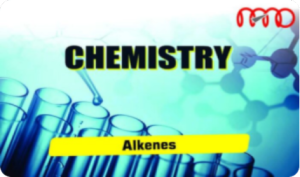
Alkanes (Digital Notes)
Read moreAlkanes are organic compounds that consist of single-bonded carbon and hydrogen atoms. The formula for Alkanes is CnH2n+2, subdivided into three groups – chain alkanes, cycloalkanes, and the branched alkanes.
-
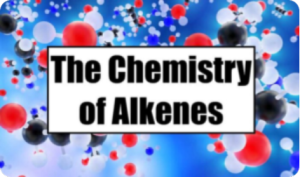
Alkenes (Digital Notes)
$100.00 Add to cartAlkenes are hydrocarbons that contain at least one carbon-carbon double bond (C=C). They are unsaturated compounds, meaning they can react with hydrogen, halogens, and other molecules to form new compounds. Alkenes are commonly found in various industrial processes and are key building blocks in organic chemistry, with ethene (ethylene) and propene being the simplest and most well-known examples.
-
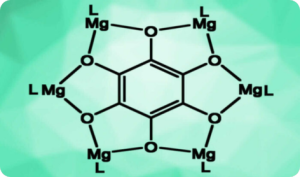
Arenes (Digital Notes)
$100.00 Add to cartArenes are aromatic hydrocarbons. The term “aromatic” originally referred to their pleasant smells (e.g., from cinnamon bark, wintergreen leaves, vanilla beans and anise seeds), but now implies a particular sort of delocalized bonding. Aromatic hydrocarbons (or sometimes called arenes or aryl hydrocarbon) are hydrocarbons with sigma bonds and delocalized π electrons between carbon atoms forming rings.
-
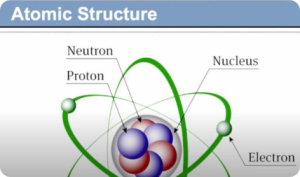
Atomic Structure (Digital Notes)
$100.00 Add to cartAtomic structure refers to the structure of an atom comprising a nucleus (centre) in which the protons (positively charged) and neutrons (neutral) are present. The negatively charged particles called electrons revolve around the centre of the nucleus.
-
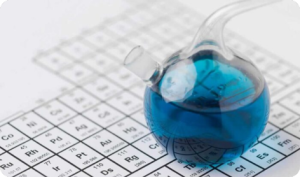
Carbonyl Compounds (Digital Notes)
$150.00 Add to cartIn organic chemistry, a carbonyl group is a functional group composed of a carbon atom double-bonded to an oxygen atom: C=O. It is common to several classes of organic compounds, as part of many larger functional groups. A compound containing a carbonyl group is often referred to as a carbonyl compound.